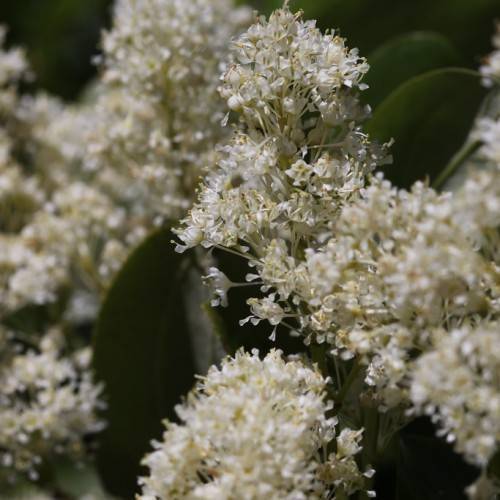
Snowbrush Ceanothus
Ceanothus velutinus var. velutinus
Watering:
Frequent
Hardiness Zone:
5
Flowers:
Flowers
Sun:
Sun, Partial Shade
Soil:
Sand, Loam
Leaf:
Yes
Growth Rate:
Low
Salt Tolerant:
Yes
Thorny:
Yes
Care Level:
Medium
watering
Redstem Ceanothus should be watered deeply and infrequently. In its native habitat, the plant experiences winter rains followed by dry summers, so aim to recreate a similar pattern when watering at home. During its active growth period (spring to fall) the plant should be watered about once every 2 weeks. Always water deeply so that the entire root zone is saturated. During the winter months, water only sparingly about once a month, or when the soil is completely dry.
sunlight
Redstem Ceanothus (Ceanothus sanguineus) thrives in bright, full sun locations. It prefers at least 6-8 hours of direct sunlight per day for optimal growth and flowering. This plant tends to do best in the morning or late afternoon sun, as the intense mid-day sun may scorch its delicate foliage and flowers. Additionally, its location should provide protection from winter winds, since frost and cold winds may cause damage.
pruning
Redstem Ceanothus (Ceanothus sanguineus) are drought tolerant native shrubs that are easy to care for but may benefit from regular pruning. These species should be pruned in early- to mid-spring to maintain their spreading, yet still well-shaped form. Prune each year to shape, remove overcrowded branches, and control size and height. Older plants may require more substantial head-pruning, wherein 25% of the stems or branches are removed at 1 time. Any dead, diseased, or damaged branches should also be removed. Always prune with clean, sharp shears or loppers to avoid damaging healthy wood and making the shrub vulnerable to pests and diseases.
